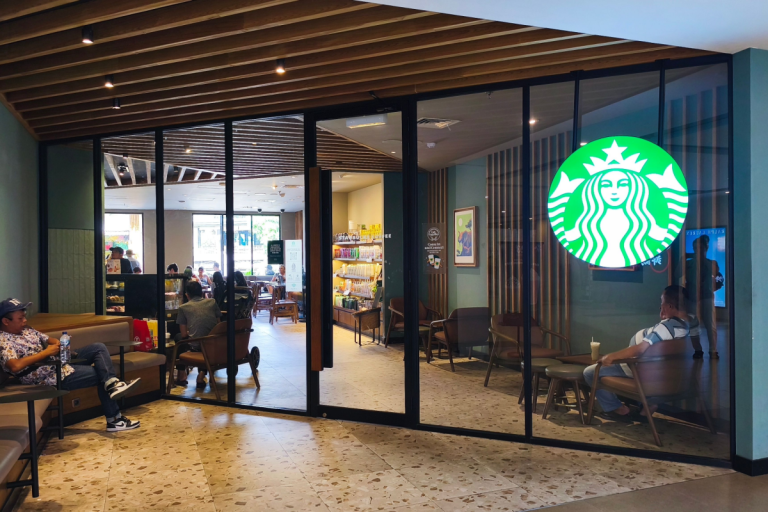Second wave of layoffs
Starbucks announced plans to cut 900 corporate jobs and close about 200 stores in the U.S. and Canada, marking the second round of workforce reductions this year. The company previously cut 1,100 positions in February as part of CEO Brian Niccol’s turnaround strategy. Starbucks expects its total number of stores in the region to decline by about 1 percent, ending the fiscal year with roughly 18,300 locations.
The closures target outlets deemed unable to deliver the environment or performance the company envisions. Starbucks plans to reinvest in new store openings and renovate more than 1,000 cafes over the next year.
Turnaround plan under pressure
Niccol, who joined Starbucks a year ago from Chipotle, has been tasked with reversing six straight quarters of declining sales. The chain has struggled to hold its position as competitors lure customers either with cheaper offerings or higher-end experiences. Starbucks, caught in between, is repositioning its brand to better appeal to shifting consumer tastes.
The turnaround plan has included significant changes: cutting nearly a third of menu options, ensuring drinks are served within four minutes, removing upcharges for nondairy milk, redesigning stores with ceramic mugs and free refills, and creating spaces where customers feel welcome to linger.
Mixed results so far
Despite these efforts, Starbucks’ financial performance has yet to show a clear recovery. Niccol wrote in a memo that early results are encouraging, citing upgraded stores where customers visit more often and improved service times thanks to more baristas on shift during peak hours. However, the overall impact on sales has been limited.
“Our goal is for every coffeehouse to deliver a warm and welcoming space with a great atmosphere and a seat for every occasion,” Niccol told employees. The review of current locations identified cafes that could not meet this standard, prompting their closure.
Looking ahead
The company is betting that by consolidating operations, modernizing store designs, and investing in frontline staff, it can regain momentum. Whether these moves will be enough to restore growth in the highly competitive coffee market remains to be seen.


